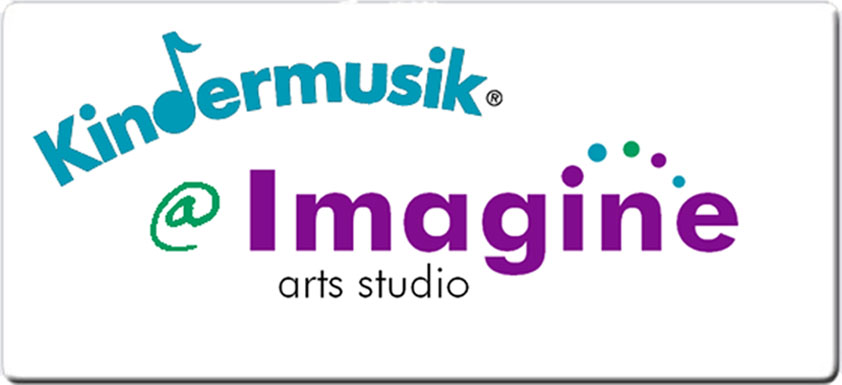We discovered that music has a steady beat and learned about quarter notes, eighth notes, and rests. We discovered where the cat "C" and apple "A" lived on the treble staff. We learned to play these notes on our glockenspiels. We learned about Beethoven, and Mozart's Magic Flute. We danced and sang songs from cultures around the world. We learned about the percussion section of the orchestra. We learned tools that will allow us to discover and express our own uniqueness through music. We missed those of you who couldn't make it to the last day of class.
Friday, January 28, 2011
Tuesday, January 11, 2011
Skip to My Lou!
While your child is developing an understanding of language, it is important that he be given many opportunities and experiences to hear and feel a wide range of speeds; from slow to moderately steady, to quick.
The best way to do this, of course, is through music. And it’s a lot of fun, too.
Do you know the song Skip to My Lou? If you don’t, it’s easy to learn. Just look it up online to learn the melody, and then try this game.
The words go:
Skip, skip, skip to my Lou.
Skip, skip, skip to my Lou.
Skip, skip, skip to my Lou.
Skip to my Lou, my darlin’.
Skip, skip, skip to my Lou.
Skip, skip, skip to my Lou.
Skip, skip, skip to my Lou.
Skip to my Lou, my darlin’.
Skipping usually comes naturally by about Kindergarten. If you don’t yet have a skipper, that’s okay. You skip while you sing, either with your baby in your arms or on the floor. Your toddler may just watch you at first, while your preschooler may give it a try.
Now, substitute movement words, and vary the tempo.
For example: really slowly…
Creep, creep, creep to my Lou.
Creep, creep, creep to my Lou.
Creep, creep, creep to my Lou.
Creep to my Lou, my darlin’.
Creep, creep, creep to my Lou.
Creep, creep, creep to my Lou.
Creep, creep, creep to my Lou.
Creep to my Lou, my darlin’.
Here’s a whole host of movement words to get you started:
march, twirl, sway, rock, run, walk, gallop, lunge, wiggle, prance, spin, waddle, slither, swoop, slide, hop, jump, leap, nod, crawl, kick, wave, shake, flop, stretch, swim and bounce
march, twirl, sway, rock, run, walk, gallop, lunge, wiggle, prance, spin, waddle, slither, swoop, slide, hop, jump, leap, nod, crawl, kick, wave, shake, flop, stretch, swim and bounce
Alternate between the two extremes of fast and slow, and notice the joyful realization on your child’s face (even your baby!) when she anticipates what is next.
-post created by Miss Analiisa, at Studio3 music, located in Seattle Washington.
Monday, January 3, 2011
Musical Play
What’s so great about musical play? A child’s work is play. Through play a child safely learns about and explores the many dimensions of the world around him, it is also an important tool for self-discovery. Musical play is especially important because only in making music does a child engage all the learning centers of the brain.
Brain Development
In infancy and early childhood, children create the pathways they will use for future learning and problem solving. The more pathways a child creates in the brain the easier it is for a child to learn. Music helps a child create and connect a multitude of pathways in the brain. For example, as children learn to move to a beat they are creating pathways that will help them in math and reading, as well as athletic coordination. Musical play increases comprehension and listening. Music also allows children a safe place to explore and experience both positive and negative emotions. They can play the emotions of happiness and sadness; play being scared as they listen to music that imitates a storm and then be happy when they get to play outside after the storm. This helps them deal with being scared during a real storm.
Socialization
Important socialization skills are learned as children make music in groups. They learn to share and take turns and learn that music sounds better when they are not all randomly banging on a musical object. They also develop a balanced sense of self in relationship to a group as they learn to play their own musical part in an ensemble.
Creativity
With the ever increasing busyness of the American life style creativity in children is declining. Without creativity the modern advances in technology will halt. There is nothing better than musical play to stimulate creativity. All the centers of a child’s brain engage as they creatively personalize music. The creative process is in action when music is adapted to a child’s name and when the child picks the motion to go with the song. In early childhood music there are no rights or wrongs, there are a few safety boundaries, but are no absolutes. For example, there are no right ways to play rhythm sticks, children are rewarded and praised for coming up with as many different ways to play the sticks as they can. It is also a safe environment to just watch and learning from observing the different ways other children play the sticks.
Subscribe to:
Posts (Atom)







